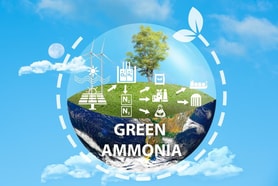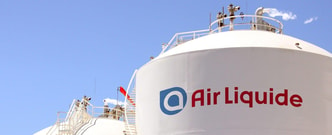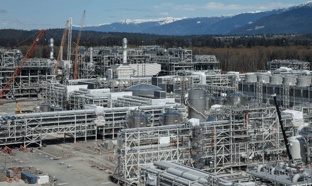An introduction to…Cryogenic air separation
All of the component gases in the Earth’s atmosphere have unique and useful properties and this explains why separation processes have been developed.
Cryogenic air separation is an entirely physical process that is most often used to produce nitrogen, oxygen and argon. A cryogenic air separation unit (ASU) exploits the fact that air can be cooled sufficiently for it to become a mixture of liquids and the difference in their boiling temperatures allows the component gases to be separated by distillation.
Air enters the process through filters that remove dust, soot and other suspended contaminants. Cooling the air stream down is achieved by alternate stages of compression and heat exchange. The first compression stage increases the pressure to approx. 6 bar and this raises the temperature of the process stream to around 185°C.
Heat is then expelled through either air-to-water or air-to-air heat exchangers that are chilled by cold gaseous streams routed back from the separation columns, to reduce the temperature back to ambient or below.
... to continue reading you must be subscribed









